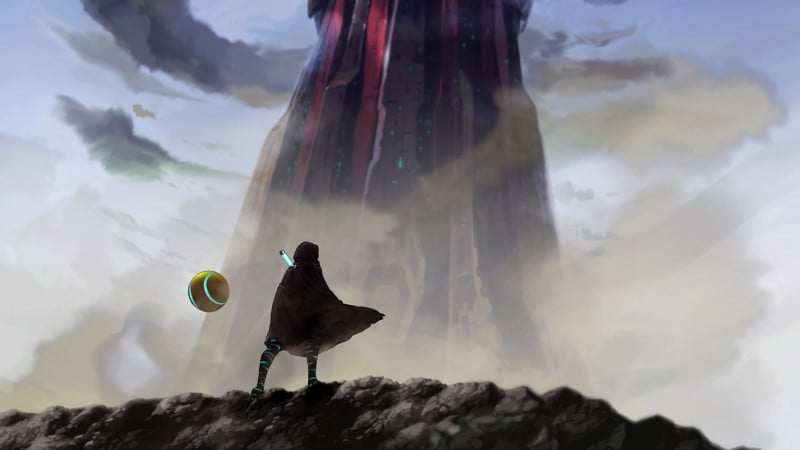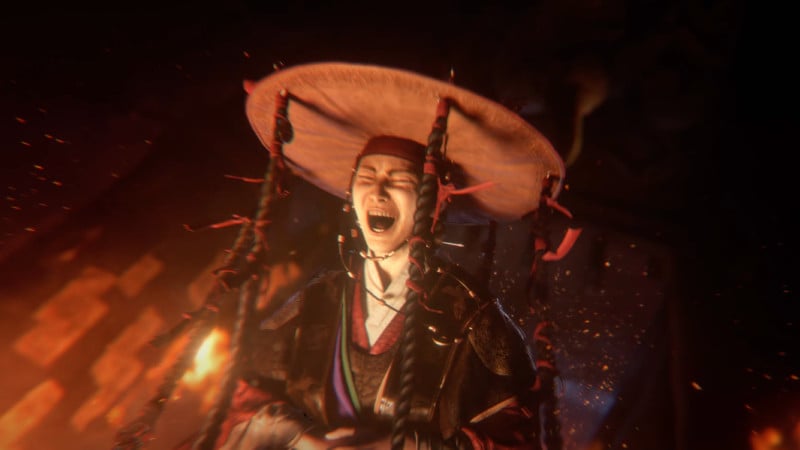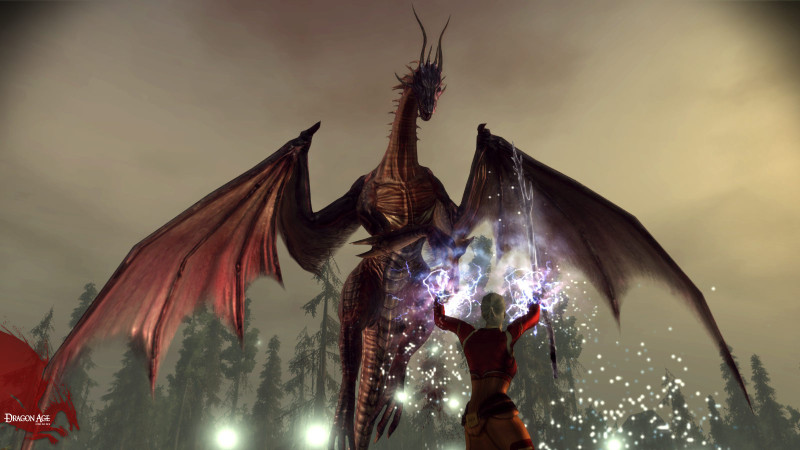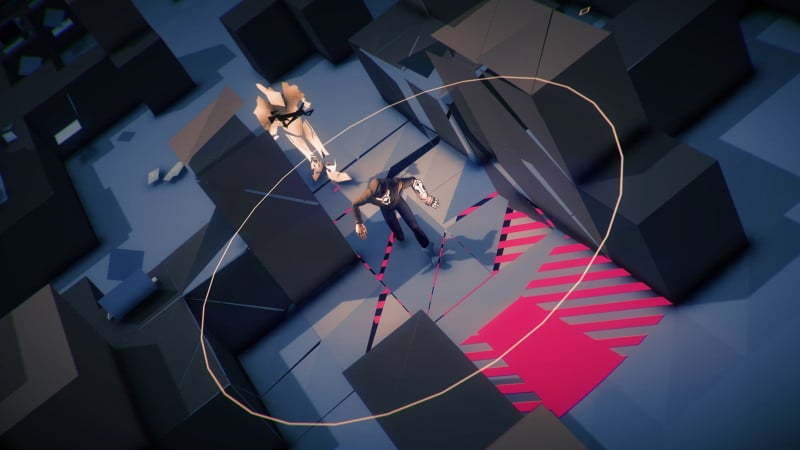Why did they make a Pac-Man Metroidvania? It’s an unavoidable question at the heart of Shadow Labyrinth, but one I ask with genuine curiosity. The game is Bandai Namco’s attempt to transform Pac-Man, one of the most iconic video games of all time, into a more modern genre, but it’s wrapped up in such a perplexing, peculiar wrapper that by the time I reached the end of the maze, I was just as confused as when I entered. Shadow Labyrinth is uneven, overstuffed, and often frustrating. It has decent moment-to-moment gameplay, but it fails to materialize into something coherent.
At no point in this game do you technically play as Pac-Man. It’s the first confusing thing about Shadow Labyrinth, as the character’s presence is the main selling point. For the majority of the experience, you play as a hooded, silent robot who wields a sword powered by ESP. Its stiff jump and attack animations remind me most of Hollow Knight, though that comparison doesn’t do this game any favors. Like many Metroidvanias, the gameplay becomes more fun the deeper you get, thanks to new movement and combat abilities, and I was glad to leave the feeling of those early hours behind.
Your companion, who looks an awful lot like Pac-Man, is a female robot named Puck. She brings you to life to fight for her (she has no limbs and can’t use weapons) for a mysterious purpose, which is only cleared up a few hours into the story. You play as Puck in specific instances, and I enjoy the classic gameplay of the Pac-Man series, but Puck is very different. You transform into her whenever touching walls made of blue light. She’s essentially a magnet, jumping from platform to platform. She also automatically moves forward, so it’s like every platform is a conveyor belt.
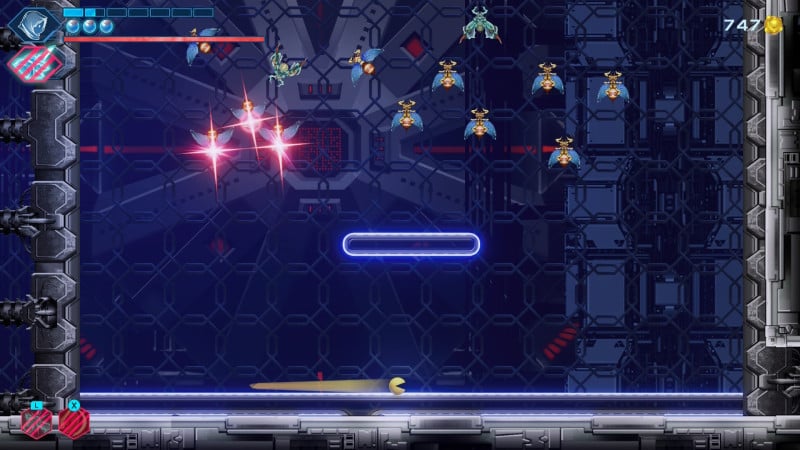
Puck avoids a group of diving enemies from the Galaga series.
A red line to preview your jump trajectory and a brake button to keep you stationary are welcome additions, but I was never comfortable playing as Puck. Her combat sections are especially annoying because her only attack is to hurtle off the rail with a spinning blade. However, enemies hurt you if you touch them, and it’s difficult to launch yourself at an enemy and make contact with your blade while avoiding your body. Luckily, you only play as Puck maybe 15 percent of the time, but that didn’t make me any more eager to do so.
There’s also a third playable form; your G.A.I.A. meter transforms you into a hulking mech that can deal lots of damage and is immune to environmental hazards like spikes. It’s a nice way to squeeze your way out of tough fights, and often serves as a satisfying, climactic closer for big battles.
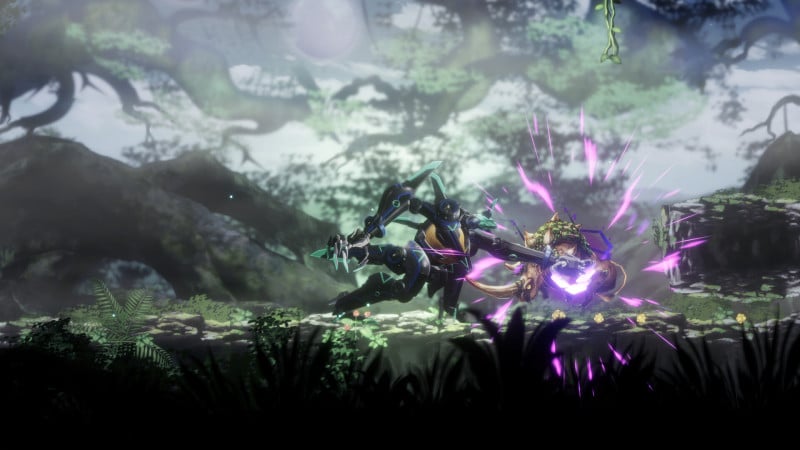
The G.A.I.A. form.
With these three gameplay styles combined, you set out on a sci-fi adventure to contribute to an intergalactic war. The accompanying story is, unfortunately, too complex for its own good, especially for how it’s told. It’s a plot with grand, wide-reaching ambitions, but information is told more often than it’s shown, and the beats the player does experience are unoriginal and forgettable moments wrapped in the game’s bizarre aesthetics.
Speaking of, the game’s visuals leave a lot to be desired. Character models are tiny on the screen, but packed with so much indecipherable detail that they feel out of place, especially when compared to the sometimes-blurry backgrounds. The Bosconian village is a perfect example of this, as all its inhabitants are over-designed while the backdrop is grand and painterly. The lack of cohesion between these two elements never improves and is often distracting.
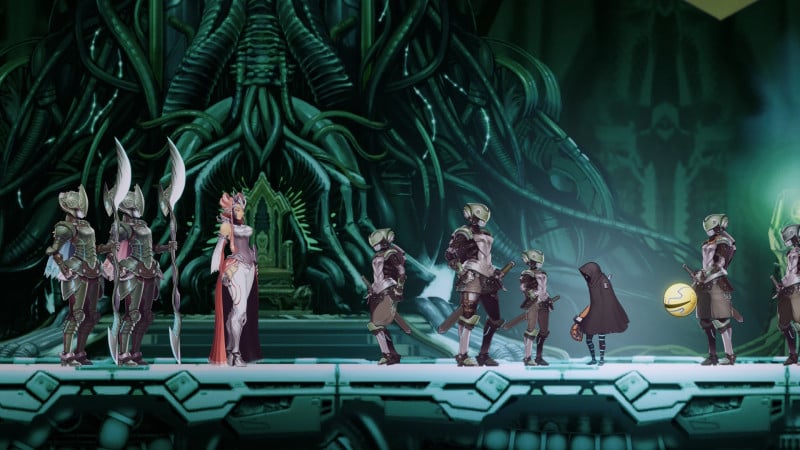
The Bosconian Village is a great example of how character models and the backgrounds look wildly different.
Shadow Labyrinth is most enjoyable in its moment-to-moment gameplay. It struggles with structural, game-wide design, but any given moment is usually okay, if not a little clunky. With one infuriating exception on the path to a crucial upgrade, platforming is engaging without being frustrating. And once you get a full suite of combat and movement abilities later in the game, combat is a somewhat enjoyable back-and-forth of attacking, parrying, and preserving your ESP meter, which you need for both dodging and special moves. That said, the combat, like much of the game, takes too long to get interesting.
Shadow Labyrinth is far too long – 30 to 40 hours – and it takes forever to unlock basic abilities. Parrying and blocking, two fundamental skills in most games, are unlocked through boss fights 5 to 7 hours into the game, way after you’ve become comfortable with the basics. On the other hand, it’s easy to miss key abilities like the ground pound or double jump, and checkpoints are so few and far between that backtracking is a pain.

The whole experience ends on the most frustrating note of all – a massive difficulty spike, a barrage of boss fights, and an unending, multi-phase final showdown. It completely kills the momentum leading to the finale, making it disastrous for the story as well as the gameplay.
Shadow Labyrinth is such an odd concept that I optimistically assumed it came from a specific, focused creative pitch, but it’s one of the least focused games I’ve ever experienced. The story, art design, and structure are messy and underbaked. It’s middling at best and maddening at worst. It doesn’t have enough Pac-Man for fans of that franchise, and its Metroidvania elements are too weak to appeal to fans of the genre, so why did they make a Pac-Man Metroidvania? After spending 40 hours with the game, I still don’t know, and that makes it difficult to recommend.



